From ancient Mayan ruins to the birthplace of reggae!
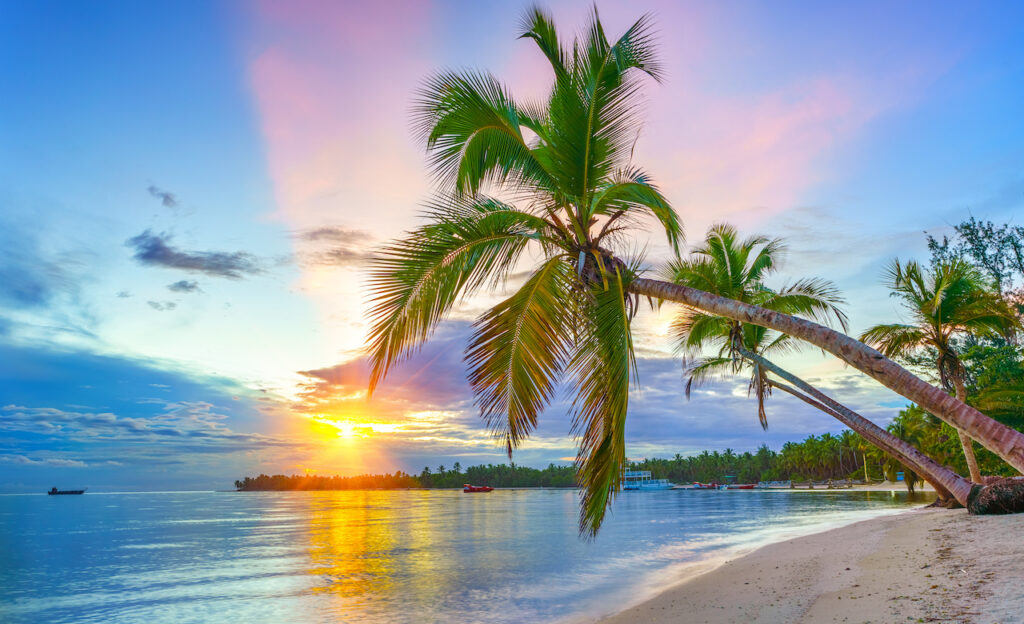
Textbooks offer great ways to learn about a country’s history–from its landmarks to its prized artworks, what year it was founded, and so on.
But history’s found not only in textbooks, but also in experiences. Yes! What you eat, drink, or hear on your travels can teach you a lot, too. And the Caribbean is full of fantastic experiences.
With that in mind, let’s dip into some Caribbean history that can teach you all about the histories and cultures within it.
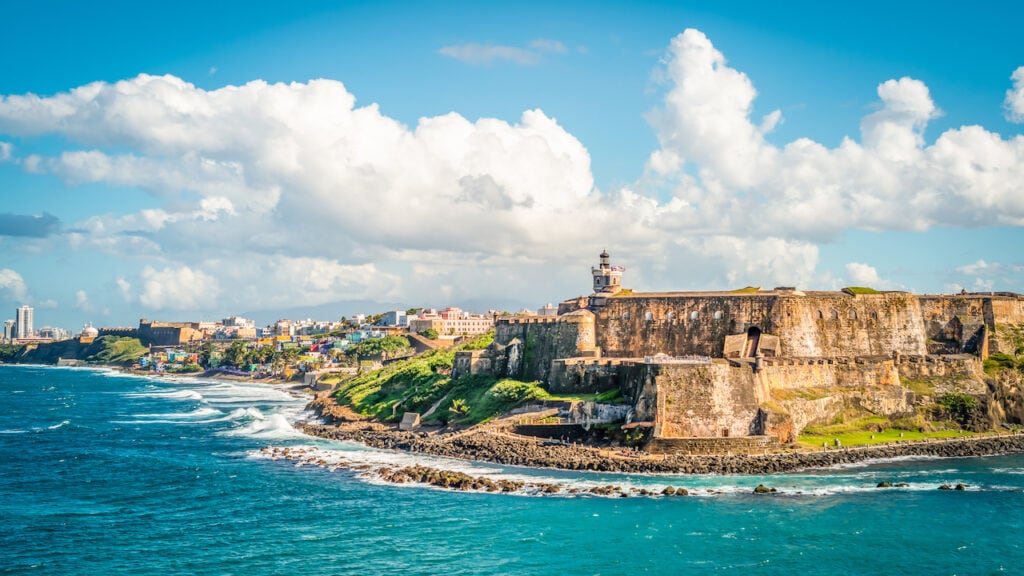
Puerto Rico: Old San Juan
History is in the name itself! Viejo San Juan (Old San Juan) is steeped in historic elegance, lined with over 400 restored buildings from the 16th and 17th centuries.
It’s also home to some of the oldest, largest, and most well-preserved Spanish forts of the New World–Castillo San Felipe del Morro, Castillo San Cristóbal, the city walls, the San Juan Gate, and Fort San Juan de la Cruz. They all make up a National Park Service that’s considered a UNESCO World Heritage Site!
Some with 18-foot-thick walls, some rising as high as 145 feet, and many of them full of intricate mazes of tunnels and dungeons, the forts are incredible feats of engineering that anyone–not just history buffs–would enjoy touring.
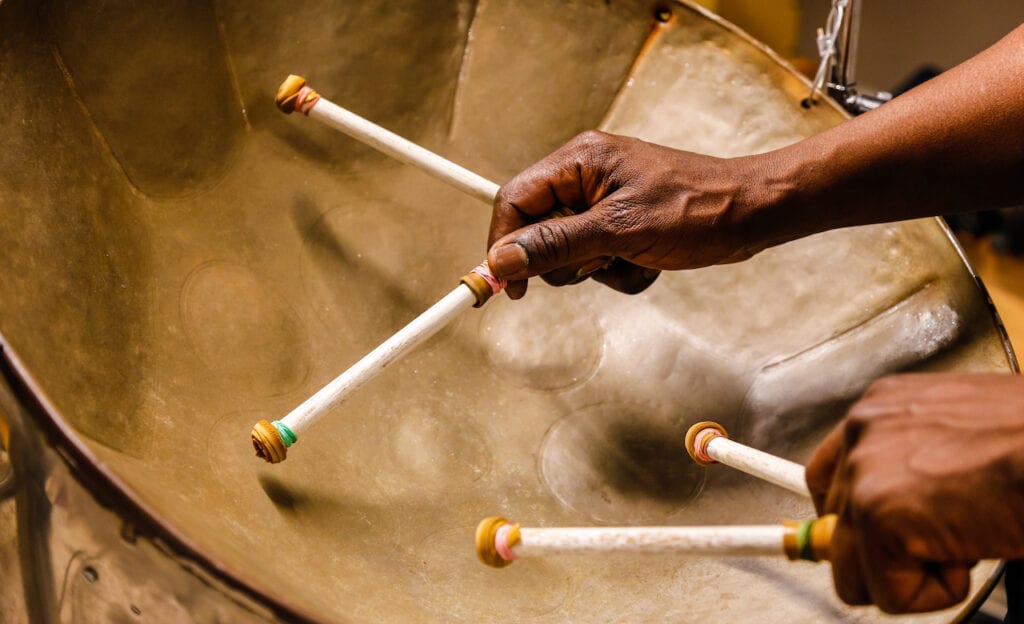
Jamaica:
Does all history have to be ancient? No! Jamaica may have a relatively small population, but not too long ago this island made one of the most outsized contributions to music history: Reggae.
It was developed there in the 1960s and combined many musical styles, like American jazz and Jamaican folk music, with uplifting beats. It’s no surprise the sounds of Bob Marley have traveled worldwide, but Toots and the Maytals are considered “co-founders” of the genre as well, and even helped name it with their hit “Do the Reggae”.
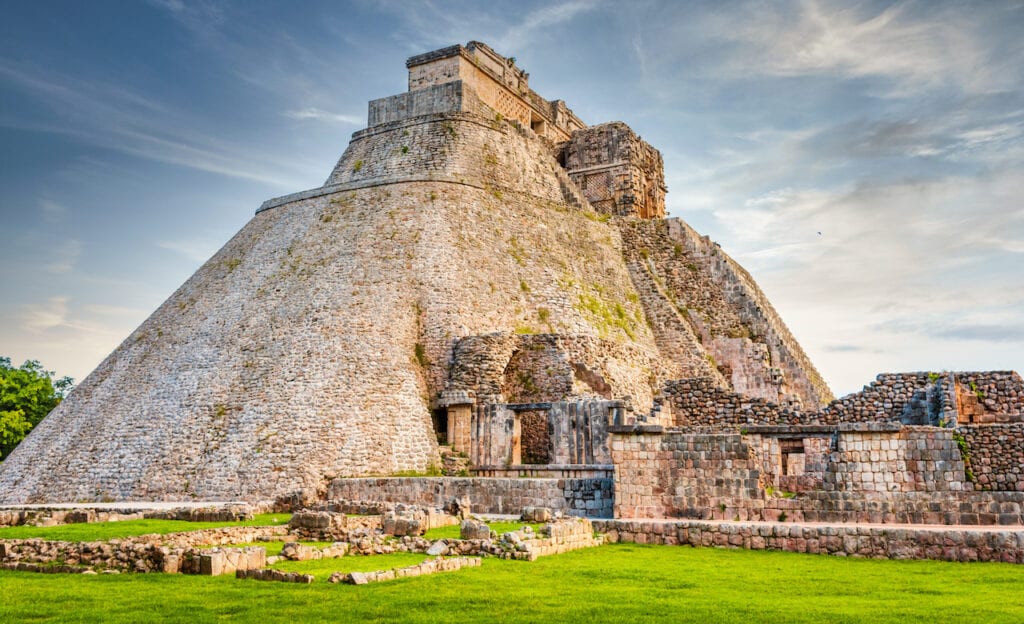
Mexico:
Then again, some history goes incredibly far back! Let’s wind the clock back over two thousand years and look at Tulum and the feats and wonders of ancient Mayan civilization. Among the well-preserved buildings is the Temple of the Frescoes, an observatory painted with murals and images of the Mayan “diving god”.
Inland from the beaches along the Yucatán Peninsula are yet more historic sights. The Uxmal ruins are close by, a city that was designed not by geometry, but by astronomy! That’s right–the space-loving Mayans organized Uxmal in relation to astronomical patterns, like the rising and setting of Venus.
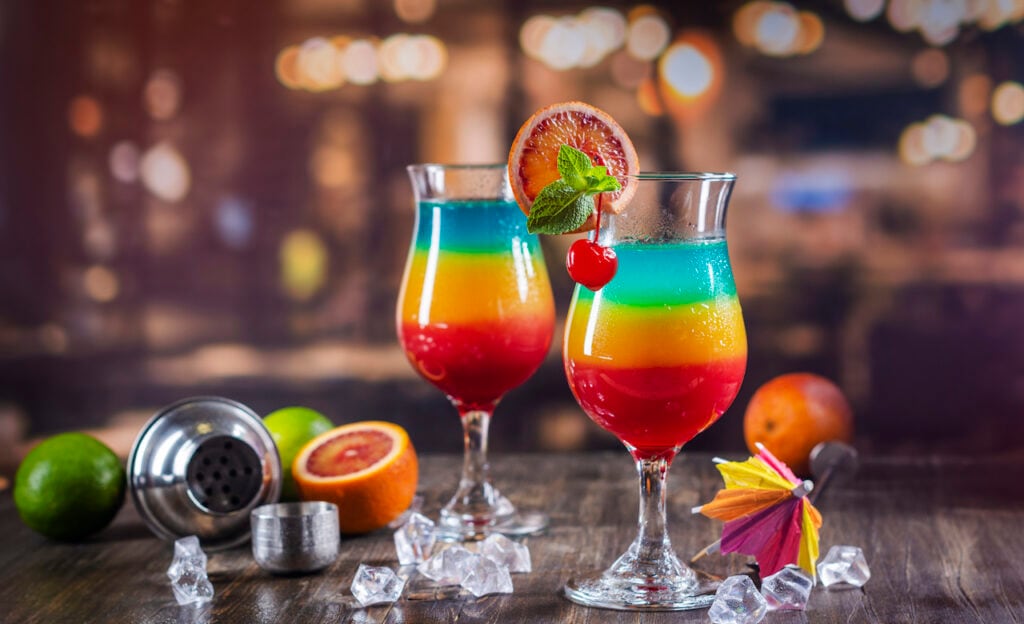
Barbados:
When you think of the Caribbean, a few things come to mind: beaches, crystal clear waters, maybe pirates, and eventually, rum!
That’s because the Caribbean was a central spot for growing sugarcane, and rum is made from distilled sugar cane juice. The oldest commercial distillery is in Barbados—Mount Gay—which has been open since 1703.
It just goes to show that not all history lives in the past, and you can enjoy it in all kinds of forms today!
